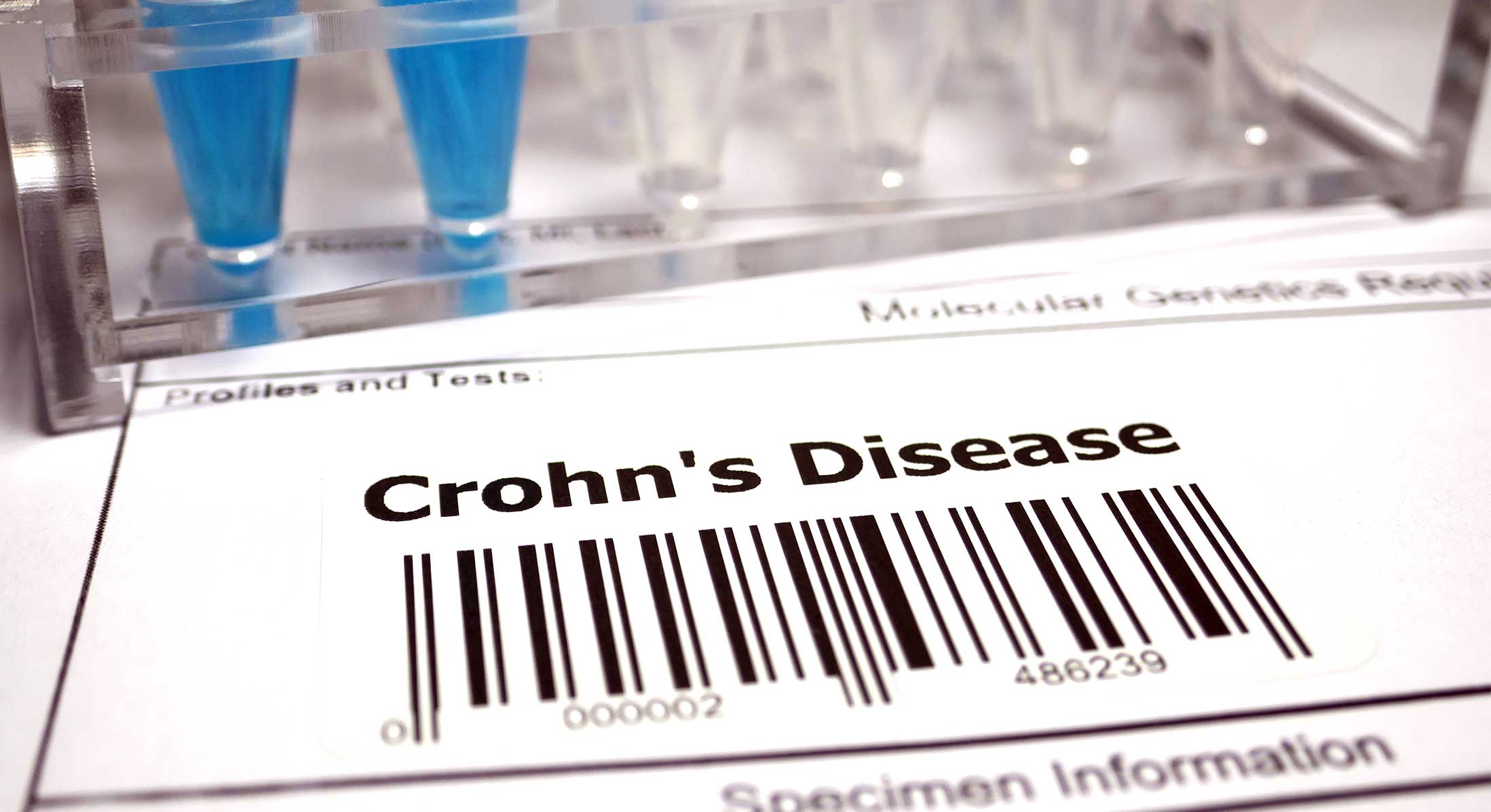The close connection between specific gut microbes and inflammation has been of longstanding interest in inflammatory bowel diseases (IBDs). Although the role of gut bacteria in the onset and development of IBD is a major focus of research, little is known on the involvement of alterations in the mycobiota composition in intestinal inflammation.
Now, researchers have discovered that the salt-tolerant fungus Debaryomyces hansenii, used in the food industry for surface ripening cheese and meat products, is enriched in the inflamed mucosal tissues of patients with Crohn’s disease and leads to impaired wound healing in mice.
Initially, Jain et al. found that wild-type mice treated with broad-spectrum antibiotics had diminished intestinal wound healing after biopsy-induced injury. While gut bacterial metabolites did not affect crypt regeneration, treating mice with the anti-fungal amphotericin B reversed the impairment of crypt regeneration. The potential involvement of fungi in Crohn’s disease is plausible, as fungal outgrowth is a common side effect of antibiotic use.
The salt-tolerant fungus Debaryomyces hansenii, used in the food industry for surface ripening cheese and meat products, is enriched in the inflamed mucosal tissues of patients with Crohn’s disease and leads to impaired wound healing in mice
The authors found that the fungus Debaryomyces hansenii was enriched in the mucosal wound of antibiotic-treated mice—while almost absent in the luminal content—but not in controls. Administration of D. hansenii to non-antibiotic-treated conventionally raised or gnotobiotic mice led to impaired crypt regeneration. D. hansenii enhanced inflammation by inducing high production of the chemokine CCL5 and type 1 interferon produced by macrophages, and the expression of both is increased in the intestinal lamina propria in Crohn’s disease.
Finally, the exploration of ileal biopsy tissues from patients with Crohn’s disease and healthy controls showed that Debaryomyces was enriched in inflamed intestinal tissue but not in healthy tissue. In an additional step, human isolates of D. hansenii impaired colonic healing in a mouse model of colonic damage.
On the whole, the study identifies that the fungus D. hansenii, which is involved in impairing mucosal healing of relevance for Crohn’s disease, meets Koch’s postulates. That is, 1) it is found in individuals with Crohn’s disease; 2) it can be isolated from the host and grown in culture; 3) it can cause disease when inoculated into a healthy host; and 4) it can be reisolated from the inoculated host. This new culprit of Crohn’s disease is not a known pathogen, but a salt-tolerant fungus used in the food industry for surface ripening cheese and meat products, underscoring the importance of further studying fungi-host interactions in IBD.
In the light of these findings, what is a small, but largely overlooked, proportion of gut fungi could represent a potential target in managing IBD. It is also worth noting that a Saccharomyces cerevisiae-based engineered probiotic has been developed that can suppress intestinal inflammation in mouse models of colitis, making it a promising probiotic for treating IBD.
References:
Jain U, Ver Heul AM, Xiong S, et al. Debaryomyces is enriched in Crohn’s disease intestinal tissue and impairs healing in mice. Science. 2021; 371(6534):1154-1159. doi: 10.1126/science.abd0919.
Scott BM, Gutiérrez-Vázquez C, Sanmarco LM, et al. Self-tunable engineered yeast probiotics for the treatment of inflammatory bowel disease. Nat Med. 2021; 27(7):1212-1222. doi: 10.1038/s41591-021-01390-x.


